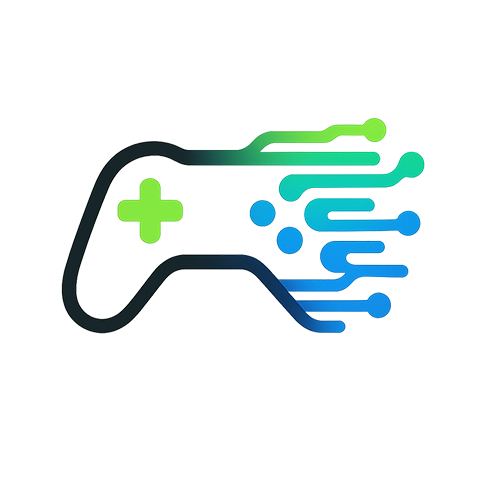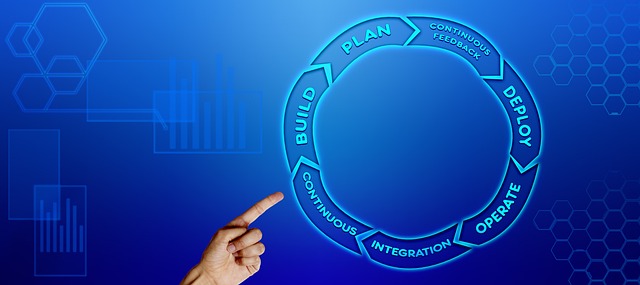Level Up Your Data Visualization Skills: A Gamer’s Guide
In the world of gaming, success is often determined by the ability to analyze performance, strategize tactics, and make informed decisions. Just as gamers rely on stats and progression metrics to dominate their favorite titles, so too can developers harness the power of data visualization to elevate their work. Whether you’re a budding developer or an experienced pro, mastering data visualization is akin to unlocking a new character or achieving a high score—it can change the game entirely.
The Power of Data in Gaming
Every gamer knows that understanding the landscape is crucial for gaining an edge. Whether you’re tracking your own progress in an RPG or analyzing opponents’ strategies in eSports, data is invaluable. With data visualization, you can transform raw numbers into intuitive graphics that not only enhance understanding but also reveal insights that might go unnoticed at first glance. This enables you to adapt your strategies in real-time, just like how pro gamers adjust their play styles based on in-game analytics.
Visuals That Communicate
Think of the heads-up displays (HUDs) in your favorite games. They streamline information, providing everything from health bars to ammo counts in an easily digestible format. In data visualization, your goal is the same: to create visuals that communicate important information at a glance. Utilize charts, graphs, and custom dashboards that highlight key performance indicators (KPIs) relevant to your projects or audience.
For instance, implementing heat maps can help illustrate user interactions on a website or application. Just as color gradients indicate danger zones on the battlefield, these visuals will guide developers toward optimizing user experiences.
Learning from eSports
The rise of eSports has pushed data analytics into the forefront of gaming. Professional teams employ analysts who sift through masses of data to provide actionable insights. They dissect every match, from player performance to enemy tactics, drawing upon stats that inform their next move. This practice isn’t limited to the pros; amateur gamers can apply similar principles by using data visualization tools to analyze performance in their own gameplay.
By tracking your win rates, average kills, or even the time spent in various game modes, you can visualize your gaming habits. This can lead to the discovery of strengths and weaknesses, allowing you to focus your training on specific skills or strategies that will give you the upper hand in your next match.
Tools of the Trade
Just as every gamer has their preferred gaming setup, each developer should find the right tools for data visualization. From user-friendly platforms like Tableau and Power BI to programming libraries like D3.js for those inclined toward scripting, the landscape is wide and varied. Choose a tool that fits your skill level and objectives.
For a lightweight introduction, consider using Google Data Studio for reporting on project metrics. As you gain confidence, you can transition to more sophisticated options that offer greater flexibility and customization.
Community and Collaboration
In gaming, cooperation is key—be it teaming up with friends for a raid or studying tactics from a pro. Similarly, don’t shy away from seeking help within the developer community. Whether it’s through forums, social media groups, or local meetups, sharing knowledge and techniques around data visualization can lead to significant improvements in your skills.
Attend workshops, webinars, or gaming conventions to immerse yourself in both the world of gaming and data analytics. The connections you make can open doors to collaborations that elevate your projects and expand your knowledge base.
Crafting Your Unique Playstyle
Just as every gamer develops a unique playstyle, so too can you carve out a niche in data visualization. Experiment with different visualization methods and approaches, adding your personal flair. A well-designed infographic or dashboard can be as impactful as a well-executed combo: it not only showcases skill but also communicates effectively, making information accessible to a broader audience.
So grab your controller, open your graphics software, and start leveling up. With the right strategies and tools, you can turn your data visualization skills into a formidable asset, enhancing not just your projects but your development journey as a whole. Who knows? You might just find yourself at the top of the leaderboard in your field!




